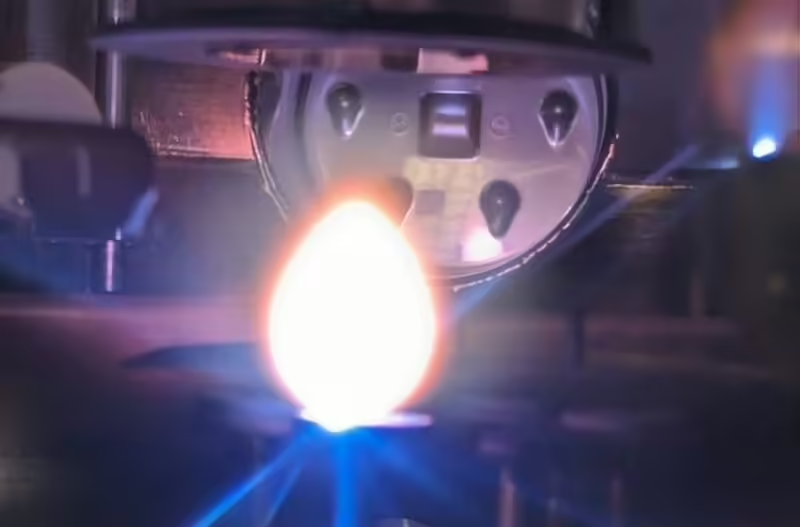A recent study sheds new light on auroras on Earth, Jupiter and Saturn, highlighting the role of magnetic fields and solar winds in shaping these phenomena and having important implications for space weather forecasting and planetary exploration.
The dazzling aurora borealis, commonly known as the Northern and Southern Lights, have captured the human imagination for centuries. The most powerful aurora event in 21 years from May 10-12, 2024, showcased the extraordinary beauty of these celestial light displays.
Recently, space physicists from the Department of Earth Sciences at the University of Hong Kong (HKU), including Professor Binzheng Zhang, Professor Zhonghua Yao and Dr. Junjie Chen, together with international collaborators, published a paper in Nature Astronomy investigating the fundamental laws governing the various polar flares observed on planets such as Earth, Jupiter and Saturn. The study updates the textbook picture of giant planet magnetospheres, providing new insights into the interaction between planetary magnetic fields and the solar wind. Their findings could improve space weather forecasting, guide future planetary exploration and inspire further comparative studies of the magnetospheric environment.
Revealing the diversity of planetary auroras
Earth, Saturn, and Jupiter produce their own dipole magnetic fields, which cause energetic space electrons to settle in the polar regions, creating a funnel-shaped magnetic geometry that produces polar auroral radiation. However, the three planets differ in many ways, such as their magnetic strength, rotation speed, solar wind status, lunar activity, etc. It is not clear how these different conditions relate to the different auroral structures observed on these planets. The planets have been observed for decades.
Using three-dimensional magnetohydrodynamic calculations that model the coupled dynamics of conducting fluids and electromagnetic fields, the team estimated the relative importance of these conditions in controlling the planet’s underlying auroral morphology. By combining solar wind and planetary rotation conditions, they identified a new parameter controlling the fundamental structure of auroras, which, for the first time, provides a good explanation for the different patterns of auroras observed on Earth, Saturn, and Jupiter.
The interaction of the stellar wind with the magnetic fields of the planets is a fundamental process in the universe. The research can be applied to the study of the space environment of Uranus, Neptune, and even the outer planets.
“Our research has revealed the complex interaction between the solar wind and planetary rotation, providing a deeper understanding of auroras on different planets. These findings will not only expand our knowledge of auroras in our solar system, but also potentially expand the study of auroras in exoplanetary systems,” said Professor Binzheng Zhang, principal investigator and first author of the project.
“Since 1979 we have learned that the auroras on Earth and Jupiter are different. It is very surprising that they can be explained by a single system,” added Professor Denis GRODENT, head of the STAR Institute at the University of Liège and co-author of the project.
This research, which improves our fundamental understanding of how planetary magnetic fields interact with the solar wind to cause polar reflections, has important practical applications for monitoring, predicting and studying the solar system’s magnetic environment.
The study is also a significant milestone in our understanding of auroral patterns on planets, deepening our knowledge of diverse planetary space environments and paving the way for future studies of the fascinating celestial light shows that continue to capture our imagination.













